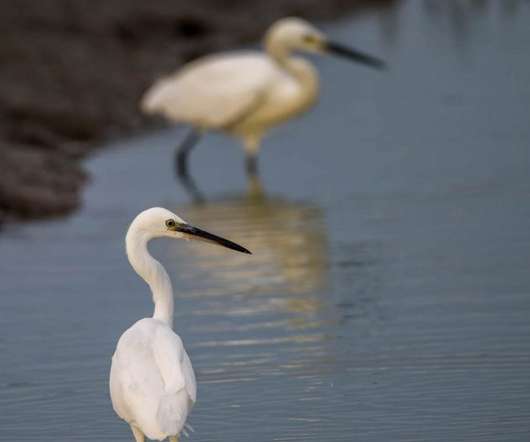Birding Chongming Island in summer
10,000 Birds
JULY 18, 2022
Some differences in animal behavior are quite striking. This would have allowed you to summarize your experience in sentences such as “A total of 98 boluses regurgitated by 52 chicks aged 1 day to 11 days after hatching form the sample and are shown to contain 323 food items.” of catching extremely small fish.












Let's personalize your content